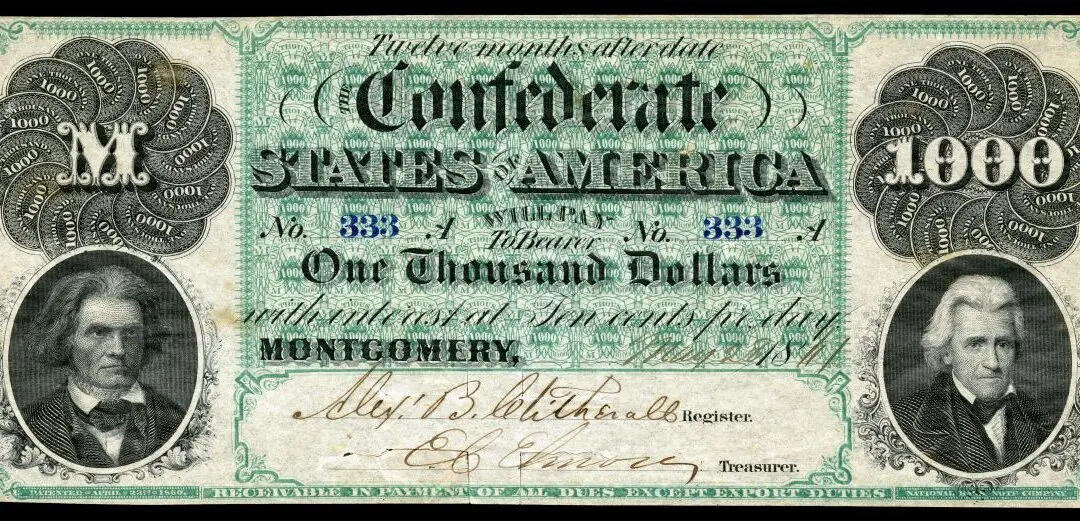Danel Olson is known in the academic and film world for dissecting the psychology and history behind well-known films, like “Pan’s Labyrinth” and “The Shining.” His latest works have delved into the fictional creations inspired by the September 11 terrorist attacks and the Global War on Terror that ensued over the following two decades. His latest work, “Gothic War on Terror: Killing, Haunting, and PTSD in American Film, Fiction, Comics, and Video Games,” is a follow-up to his riveting work “9/11 Gothic: Decrypting Ghosts and Trauma in New York City’s Terrorism Novels.”
Olson diligently extrapolates what Fyodor Dostoevsky famously coined as art imitating life by asking fundamental psychological questions and addressing some very disturbing psychological trends and affects that have stemmed from the attacks and the wars. The author revolves his studies around what he terms the “military-industrial-entertainment complex.” This phrasing alone should give the reader pause into just how beneficial Hollywood and the term President Eisenhower made famous, “military-industrial complex,” are to each other.






